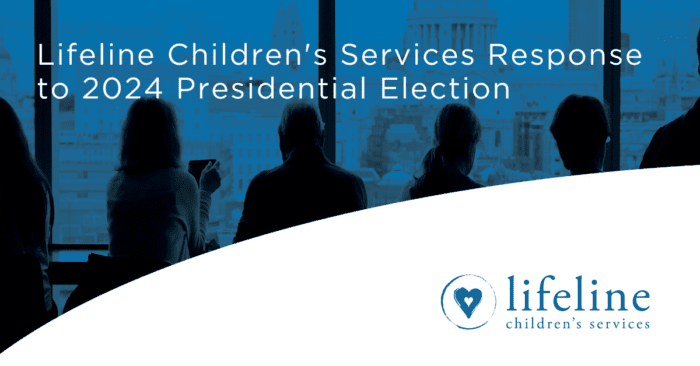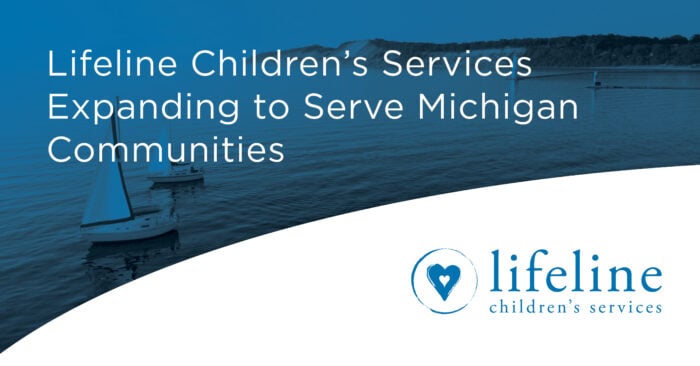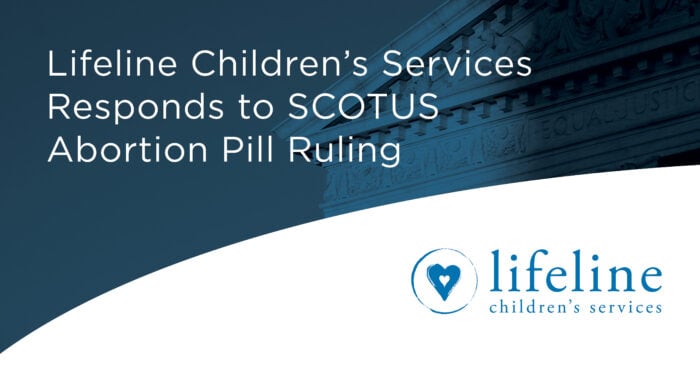In the thick of the back-to-school season, families across the country prepare for the familiar hustle of shopping for school supplies, adjusting to new routines, and sharing the excitement and nervousness accompanying a new school year. For most children, this season is filled with anticipation and excitement. However, for the thousands of children in foster care, the return to school is riddled with uncertainty and anxiety.
In 2022, a staggering 20.7% of children were referred to foster care by education professionals. Each year, the number of children entering the foster care system spikes as schools open their doors again. Teachers, school counselors, and other staff and peers are often the first to notice signs of neglect, abuse, and other issues that lead to children being placed in foster care. Unfortunately, this means many children are removed from their homes during the back-to-school season, increasing stress to an already challenging time.
For these children, the transition back to school is less about new backpacks and fresh school supplies and more about adjusting to a new home, new caregivers, and, often, a new school environment. The emotional toll of being uprooted from familiar surroundings, compounded by the challenges of integrating into a new school, can be overwhelming. Children are thrust into a situation where they must not only navigate the typical pressures of schoolwork and social interactions but also the trauma of being separated from their families.
The foster care system, already strained by a shortage of foster families and resources, faces even more significant challenges during this time. The increased number of children entering care means that more foster families are needed, yet many states are struggling to recruit and retain enough parents to meet the need.
The solution to this crisis requires more than material support. It demands a collective effort to raise awareness and advocacy about these children’s challenges during this season. We must continue encouraging and supporting families willing to open their homes to these children. As the back-to-school season highlights the urgent need for more foster families, I urge readers to consider fostering to take the first step in helping children find stability.
As a society, we must advocate for policies that prioritize the well-being of children in foster care. This includes ensuring that foster families receive adequate resources and support, expanding access to services for children in foster care, and addressing the issues that lead to children entering care in the first place.
The back-to-school season should be a time of hope and new beginnings for all children, regardless of their circumstances. We must unite to support foster families and children to ensure they thrive in the classroom and beyond.





